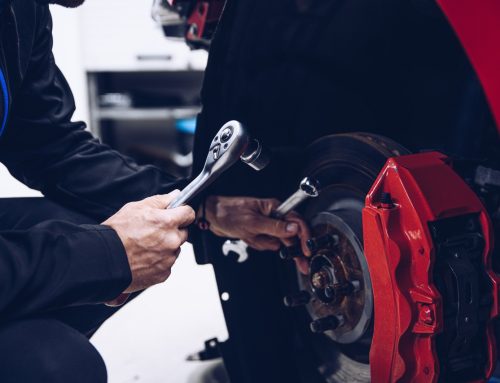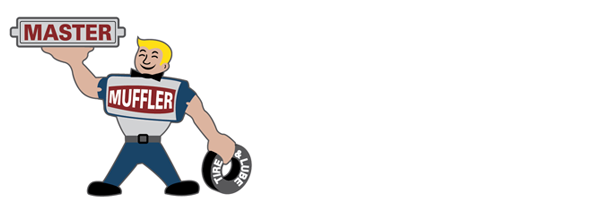The anti-lock brake system, now known as ABS, was originally invented for airplanes in 1929. The French automobile and aeronautical engineer, Gabriel Voison, developed ABS because threshold braking for airplanes was next to impossible.
Anti-lock brakes allow the tires to maintain traction on the road surface while braking. This prevents locking of the wheels and thus, most importantly, skidding.
Once Voison’s anti-lock brakes were installed on aircraft, the results were amazing. There was a 30% increase in braking performance. And on top of that, the airplane tires no longer burst or burned as a result of braking.
In 1958, Road Research Laboratory tested the ABS system on a Royal Enfield Super Meteor motorcycle. The application was made to motorcycles because slipping or skidding out is such a common cause of accidents for bikes. The manufacturer noted the improvement, but did not decide to produce ABS-equipped bikes in manufacture.
In the 1960s, an experimental all-wheel-drive Ford Zodiac and two other high-performance cars, the Jensen FF and the Ferguson P99, were built with full mechanical ABS. However, the system was not built well and was ineffective and costly.
In 1971, Chrysler and Bendix Corporation came together to develop a computerized ABS for the Imperial, called the “Sure Brake.” The same year, General Motors offered a “Trackmaster” ABS as an option on the rear-wheel-drive Cadillac.
Also in 1971, Nissan came out with the Electro Anti-Lock System (EAL) as an option on the Nissan President. Eventually, in 1988, BMW caught on and offered the first electronic-hydraulic ABS system on a motorcycle.
ABS, today, comes with an extra benefit that greatly improves its performance. Electronic brakeforce distribution (EBD) electronically controls the brake bias between the front and rear wheels. This function also comes under the names of electronic stability control (ESC), emergency brake assist, and traction control system. The ABS is now an automobile industry standard with carmakers around the world owing a nod to Voison for his invention of 1929.





